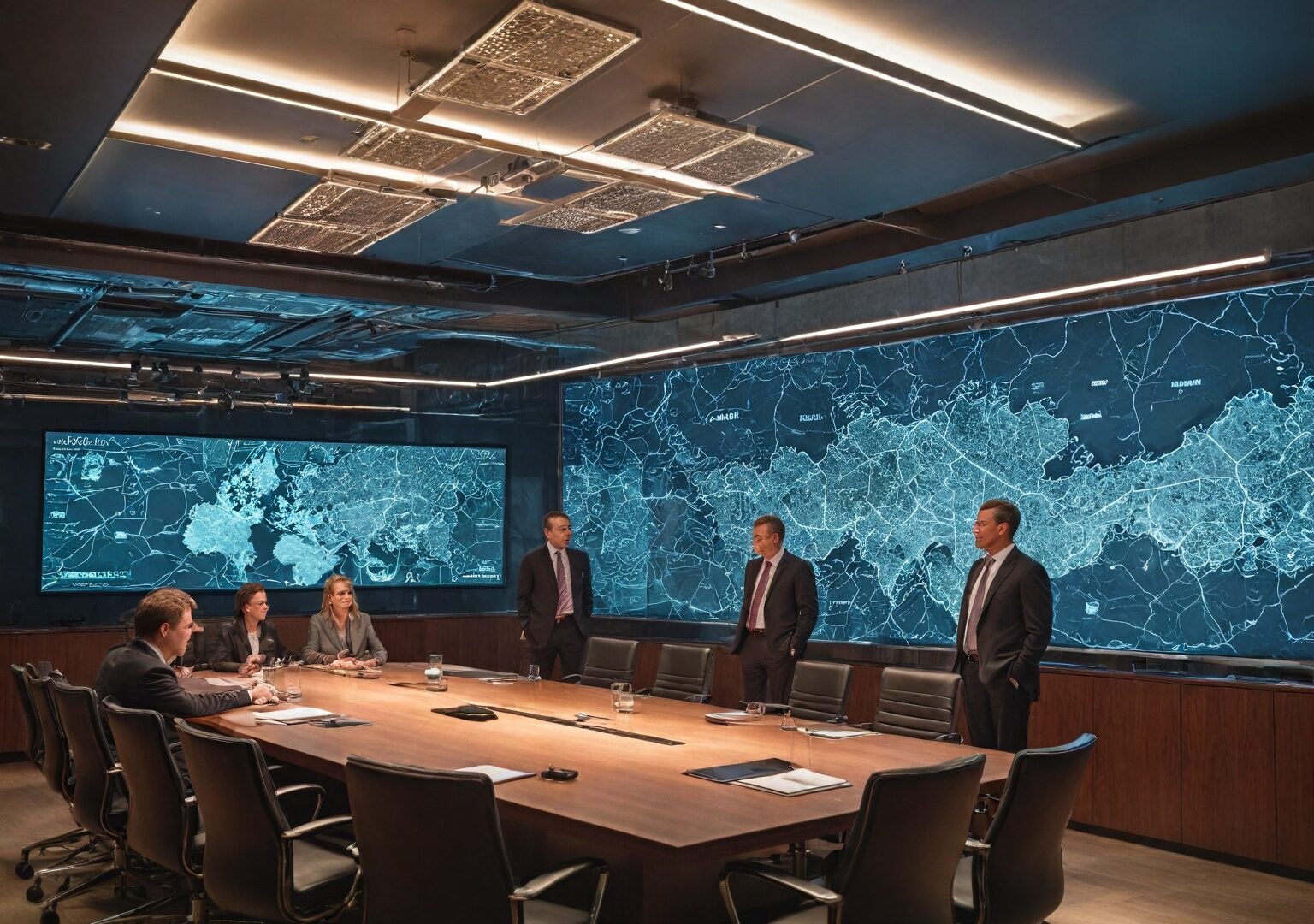Highlights:
– A doomsday-themed Solana NFT project aims to sell 100,000 NFTs to purchase a Cold War-era nuclear bunker in Rutland, England.
– Meatbags creators plan to mint these NFTs, with holders gaining airdropped tokens and potential entry into a decentralized autonomous organization (DAO) named Billionaire Bunker Club.
– The unconventional initiative, starting on April 21, could lead to varied uses for the bunker, such as a survival resort or hosting end-of-the-world festivals.
Unconventional NFT Project Aims to Buy Cold War-Era Bunker
The ambitious move by the Dead Bruv team to crowdfund the acquisition of a historic nuclear bunker using NFT sales has stirred curiosity and debate within the cryptocurrency community. Their mission to merge NFTs with real-world assets like a bunker is a novel concept that challenges the conventional boundaries of tokenization and ownership.
The narrative-driven NFT project, titled Meatbags, not only offers collectors a unique digital asset but also provides them with the opportunity to engage in a DAO that controls the destiny of the purchased bunker. This endeavor not only elevates the utility of NFTs but also underscores the potential for decentralized governance in managing physical assets through blockchain technology.
Exploring the Boundaries of NFTs and Real-World Assets
The inception of this initiative as a mere joke that evolved into a serious crowdfunding effort highlights the innovative spirit driving the NFT space forward. By leveraging the enthusiasm of NFT collectors, the Dead Bruv team aims to inject a sense of excitement and community collaboration into the traditionally serious world of real estate acquisition.
While the outcome of this unconventional project remains uncertain, it symbolizes a larger trend in the cryptocurrency space where decentralized autonomous organizations pool resources to acquire tangible assets. Reflecting on previous endeavors like ConstitutionDAO and LinksDAO, which pursued similar goals, it becomes evident that the intersection of NFTs and real-world assets is reshaping traditional investment models and opening up new possibilities for collective ownership.
Redefining Ownership and Collaboration Through NFTs
The success or failure of the Billionaire Bunker Club’s endeavor to purchase the Cold War-era bunker will not only determine the fate of a historical relic but also set a precedent for future collaborations between NFT projects and tangible assets. The implications of this experiment extend beyond the realm of digital collectibles, signaling a shift towards more democratic and community-driven approaches to asset ownership.
As the deadline for the auction approaches and interest in the project intensifies, it prompts a reflection on the evolving landscape of ownership, governance, and creativity within the NFT ecosystem. The fusion of art, technology, and real estate in this context raises fundamental questions about the nature of value, ownership rights, and the democratization of investment opportunities through blockchain-enabled initiatives.
Conclusion
In conclusion, the unconventional endeavor by the Dead Bruv team to purchase a Cold War-era nuclear bunker through NFT sales intertwines creativity, speculation, and community participation in a unique and thought-provoking manner. As discussions surrounding the project gain traction, it invites stakeholders to contemplate the future dynamics of ownership, governance, and innovation in the ever-evolving landscape of NFTs and blockchain technology.
What other real-world assets could be acquired through NFT projects in the future?
How might decentralized governance models impact traditional investment structures in the long run?
What ethical considerations should be taken into account when merging NFTs with tangible assets like historical bunkers?
Editorial content by Finley Adams


